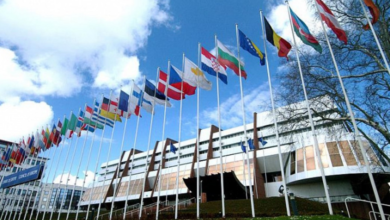Fitch Ratings: Russia slowdown hits other CIS sovereigns

The sharp slowdown in Russia’s economy is a significant shock for the economies of other sovereigns in the Commonwealth of Independent States (CIS) region, but the impact on these countries’ credit profiles varies considerably, Fitch Ratings says. Armenia and Ukraine have the most direct exposure among Fitch-rated sovereigns, while the steep fall in oil prices has magnified the fallout in Kazakhstan and Azerbaijan, Fitch Ratings says.
The Russian economic contraction has a direct impact on CIS countries with close economic links through trade, remittances, and investment flows. Indirectly, the sharp fall in the rouble has been a major factor in significant currency adjustments across the region.
Russia is Armenia’s leading export market and largest source of foreign direct investment and remittances. Russia’s slowdown will therefore have a major impact on Armenia’s growth prospects, as reflected in our one-notch downgrade of the latter to ‘B+’ in January.
The disruption of traditionally close economic ties with Russia has been a significant contributor to Ukraine’s sharp economic contraction. Ukraine is the second most exposed Fitch-rated CIS sovereign even excluding the impact of the current conflict and trade restrictions.
Georgia is less exposed to Russia via remittances and trade ties, although teh Fitch is still likely to slightly revise down the GDP growth projections for 2015-2016. Both Armenia and Georgia have allowed their currencies to float, providing a shock absorber and preserving foreign-exchange reserves.
Direct Russian exposure relative to GDP is lower in Kazakhstan and Azerbaijan, but the impact of the rouble’s depreciation on their fixed currencies is a major indirect channel of contagion – particularly in a context of lower oil prices.
Azerbaijan has responded by devaluing the manat and shifting from a US dollar peg to a euro/dollar basket. We believe there is a high possibility Kazakhstan could also devalue, as the tenge’s real effective exchange rate has appreciated to levels last seen before the February 2014 adjustment. Devaluation poses risks for both sovereigns, but they have strong buffers.








